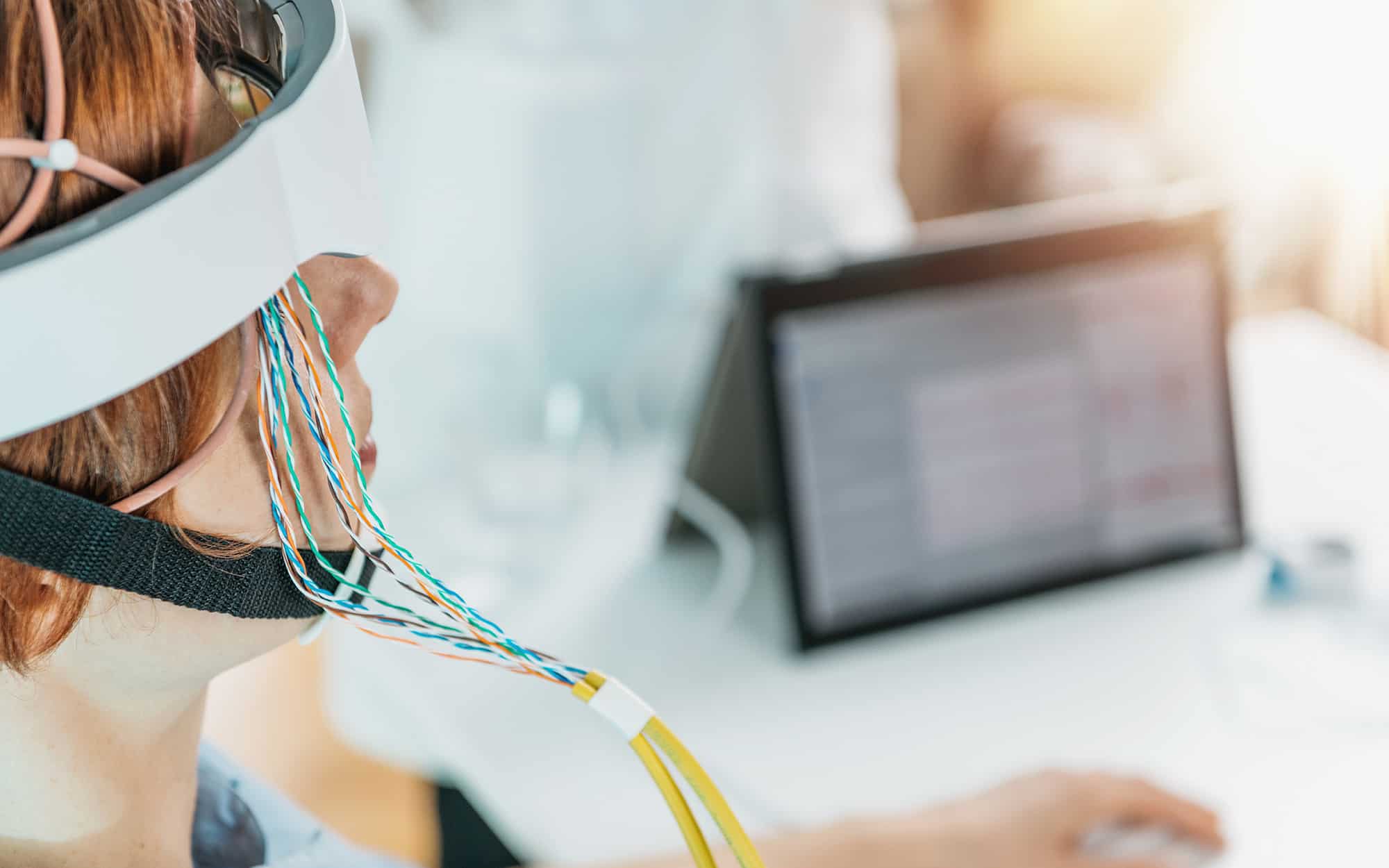Unlocking the Mysteries of the Mind Through Quantitative EEG Brain Mapping Techniques in Mental Health Evaluation
Unlocking the Mysteries of the Mind Through Quantitative EEG Brain Mapping Techniques in Mental Health Evaluation
Blog Article
Understanding the individual brain is a challenging endeavor, especially when it comes to psychological health. Conventional approaches of assessment often rely on interviews and questionnaires, which can occasionally miss important details about how the mind operates. This is where qEEG electroencephalography, or qEEG, comes into play. qEEG is a specific method that measures electrical signals in the cerebrum. By analyzing these brainwaves, psychological health professionals can gain important understandings into a individual's psychological condition, helping to improve diagnosis and treatment.
qEEG works by placing small electrodes on the head to record brain activity. These electrodes measure neural impulses produced by neurons, the cells in the cerebrum that interact with each other. The data gathered is then analyzed and presented as a series of patterns. Each kind of brainwave—such as alpha, β, delta, and theta—corresponds to various mental conditions and activities. For example, α oscillations are often associated with relaxation, while β oscillations are linked to active cognition and issue resolution. By examining these patterns, healthcare providers can detect irregularities that may suggest mental health issues.
One of the significant advantages of qEEG is its capability to provide objective information. In contrast to conventional assessments that rely on subjective reports from clients, qEEG provides a distinct picture of neural activity. This objectivity can assist minimize prejudices in assessment and result to more accurate treatment plans. For instance, if a client is facing anxiety, qEEG can reveal specific patterns of neural function that are linked with anxiety conditions. This data allows mental health experts to customize treatments more efficiently, whether it be through therapy, medication, or other treatments.
Moreover, qEEG can be especially useful in tracking treatment progress. By conducting qEEG assessments at different points during treatment, healthcare providers can monitor changes in neural activity over period. This ongoing evaluation helps determine whether a treatment is effective or if adjustments are required. For instance, if a patient is not responding neurofeedback for focus enhancement to a particular medication, qEEG may show that their brain activity has not changed in a way that indicates improvement. This feedback cycle can lead to more personalized and effective mental health care.
In conclusion, qEEG brain mapping is a powerful tool in the field of mental health assessment. By providing objective data about brain activity, it enhances the understanding of various mental health conditions. This method not only assists in precise assessment but also helps in tracking treatment effectiveness. As mental health professionals continue to investigate the capabilities of qEEG, it possesses promise for improving the well-being of individuals dealing with psychological health issues. With continuous investigation and progress in techniques, the secrets of the brain may turn clearer, leading to better outcomes for those in need of assistance.